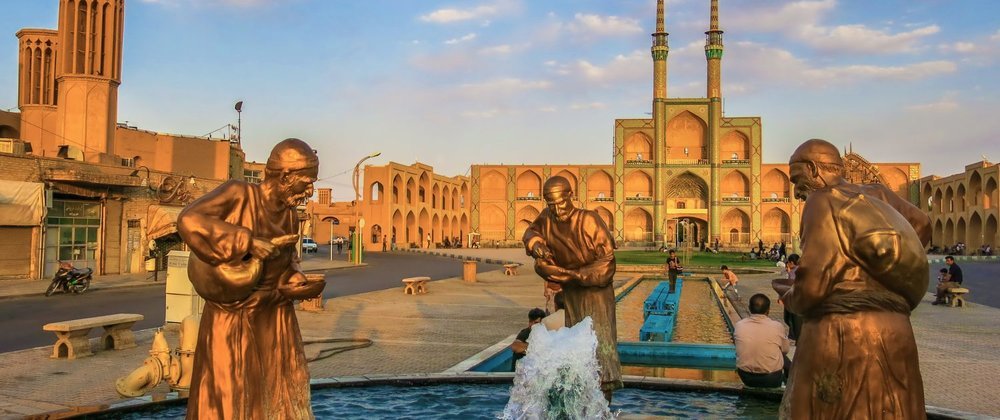UNESCO tag forecast to draw more foreign tourists to Yazd

TEHRAN – The number of international travelers visiting Iran’s Yazd province is estimated to grow by 20 percent in the current Iranian calendar year (March 2017-March 2018) as the capital city of Yazd was made a UNESCO World Heritage in June.
Over 50,000 foreign tourists arrived in the province, central Iran, during the first half of the current Iranian calendar year, an increase of 11 percent year on year, Mohammadreza Nasiri, a provincial tourism official says.
“A total of 51,820 foreign tourists set foot in Yazd province during the first six months of the current year while majority of the inbound travelers came from France, Germany, Italy, Spain, China and the Netherlands,” ISNA quoted Nasiri as saying on Wednesday,
“The province hosted 47,017 foreigners during the same period last year while the number of such holidaymakers added up to 113,500 over the past year,” he explained.
Rehabilitation of the hospitality sector, reconstruction of sanitary services along with building more roadside welfare services are atop agenda to make the best use of the tourism potentials, the official said, adding “Five 5-star hotels are being constructed in the cities of Ardakan, Meybod and Yazd (the capital of the province)”.
The oasis city of Yazd is wedged between the northern Dasht-e Kavir and southern Dasht-e Lut on a flat plain ringed by mountains. Its historical structure enjoys a very harmonious public-religious architecture that dates from different eras.
With its winding lanes, forest of badgirs (wind catchers), mud-brick houses, atmospheric alleyways and centuries of history, Yazd is a delightful place to stay, referring as a ‘don't miss’ destination by almost all travel associates in the region. The city has an interesting mix of people as well, some 10 percent of whom follow the ancient religion of Zoroastrianism.
PHOTO: A file photo shows life-size sculptures standing in front of the three-story Amir Chakhmaq Complex in Yazd, central Iran.
AFM/MG
Leave a Comment